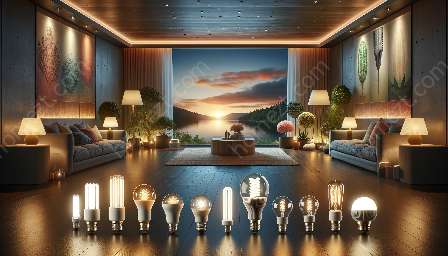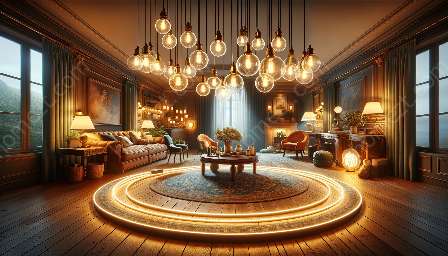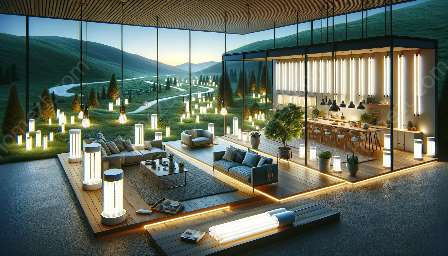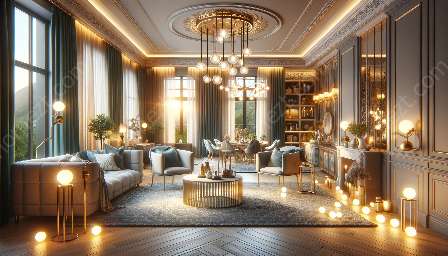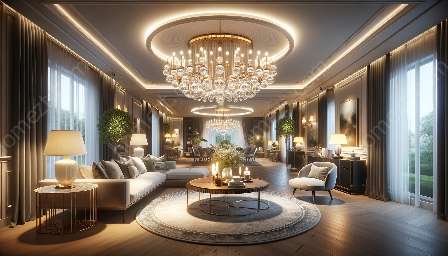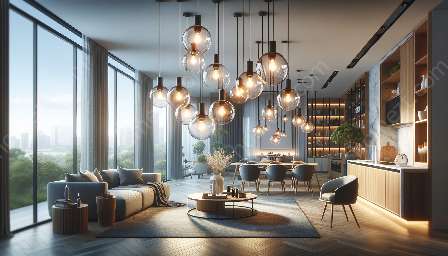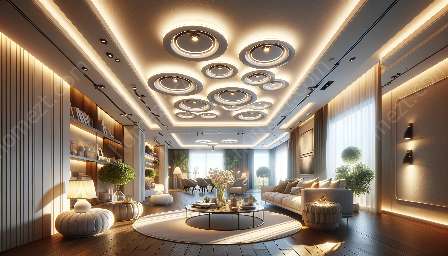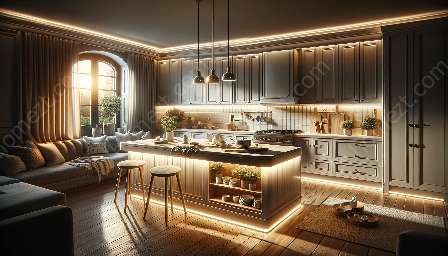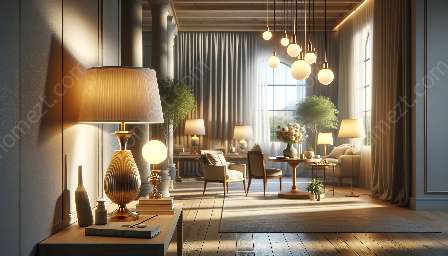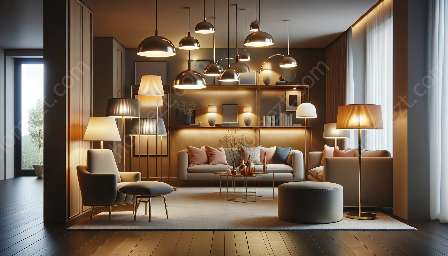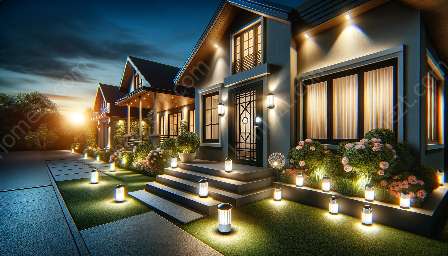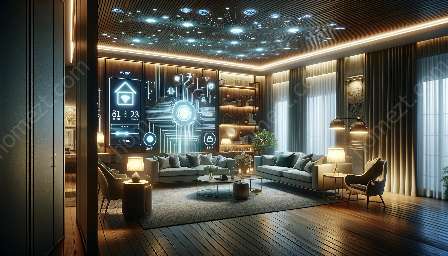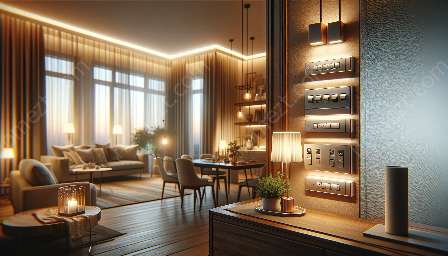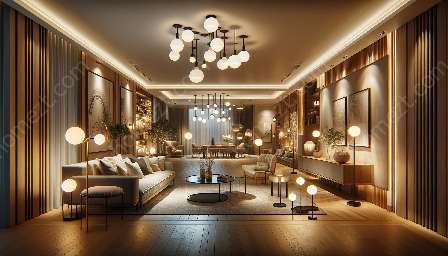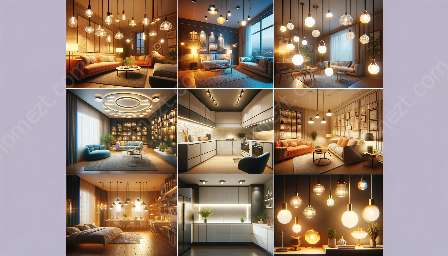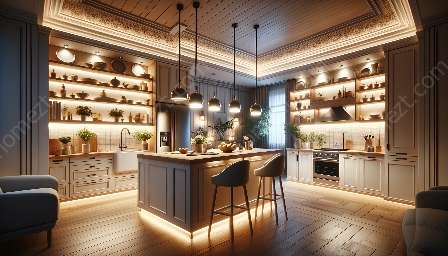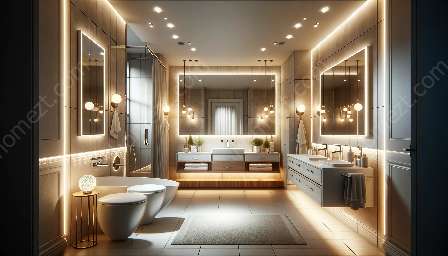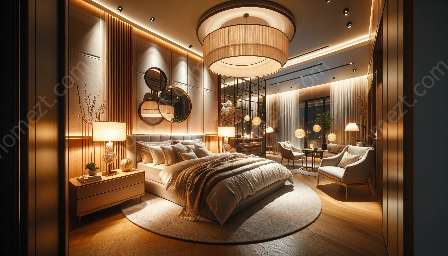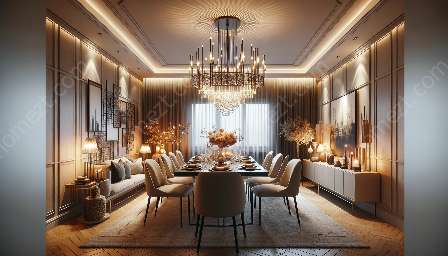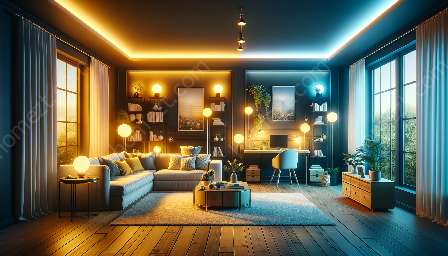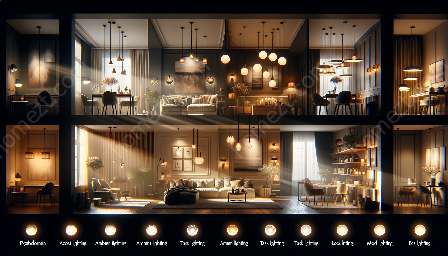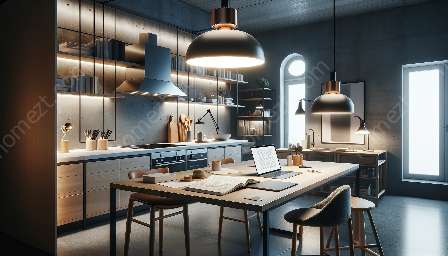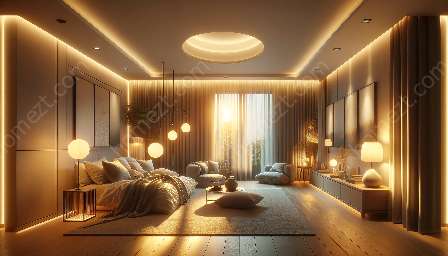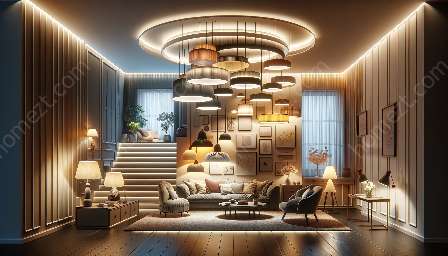Lighting is an essential aspect of home improvement, and the type of light bulb you choose can significantly impact the ambiance, energy efficiency, and overall aesthetics of your living space. With a wide variety of light bulbs available, it's essential to understand the different types and their applications to make informed decisions when illuminating your home.
Incandescent Light Bulbs
Incandescent light bulbs are the traditional, familiar choice for many homeowners. They produce light by heating a filament wire until it glows, and they come in various shapes and sizes, making them versatile for different fixtures. However, they are the least energy-efficient option and have a shorter lifespan compared to newer technologies.
Advantages of Incandescent Light Bulbs:
- Produce a warm, familiar light
- Relatively inexpensive
- Compatible with most dimmer switches
Drawbacks of Incandescent Light Bulbs:
- High energy consumption
- Shorter lifespan
- Generate heat
LED Light Bulbs
LED (Light Emitting Diode) light bulbs are rapidly gaining popularity due to their remarkable energy efficiency and long lifespan. They produce light by passing an electrical current through a semiconductor, which emits photons. LED bulbs are available in a wide range of colors, are highly durable, and offer significant energy savings over time.
Advantages of LED Light Bulbs:
- Exceptionally energy-efficient
- Long lifespan (up to 25,000 hours)
- Durable and shock-resistant
Drawbacks of LED Light Bulbs:
- Higher initial cost
- Some models may not be compatible with dimmer switches
CFL Light Bulbs
Compact Fluorescent Lamp (CFL) bulbs are known for their energy efficiency and cool operation. They work by passing an electrical current through a tube containing argon and a small amount of mercury vapor, producing ultraviolet light that excites a fluorescent coating inside the tube to create visible light.
Advantages of CFL Light Bulbs:
- Energy-efficient
- Long lifespan (up to 10,000 hours)
- Produce less heat compared to incandescent bulbs
Drawbacks of CFL Light Bulbs:
- Contain small amounts of mercury
- Not suitable for frequent on/off switching
Halogen Light Bulbs
Halogen light bulbs are a type of incandescent bulb that uses a small amount of halogen gas to increase efficiency and lifespan. They produce a bright, white light and are commonly used for accent lighting, work lights, and task lighting.
Advantages of Halogen Light Bulbs:
- Produces bright, white light
- Good color rendering
- Longer lifespan than traditional incandescent bulbs
Drawbacks of Halogen Light Bulbs:
- Generate heat
- Higher energy consumption compared to LED and CFL bulbs
- Require careful handling due to the high operating temperatures
When considering the lighting for your home, it's crucial to weigh the benefits and drawbacks of each type of light bulb to make an informed decision. Whether you prioritize energy efficiency, lifespan, or color quality, there is a suitable light bulb type for every lighting application.

